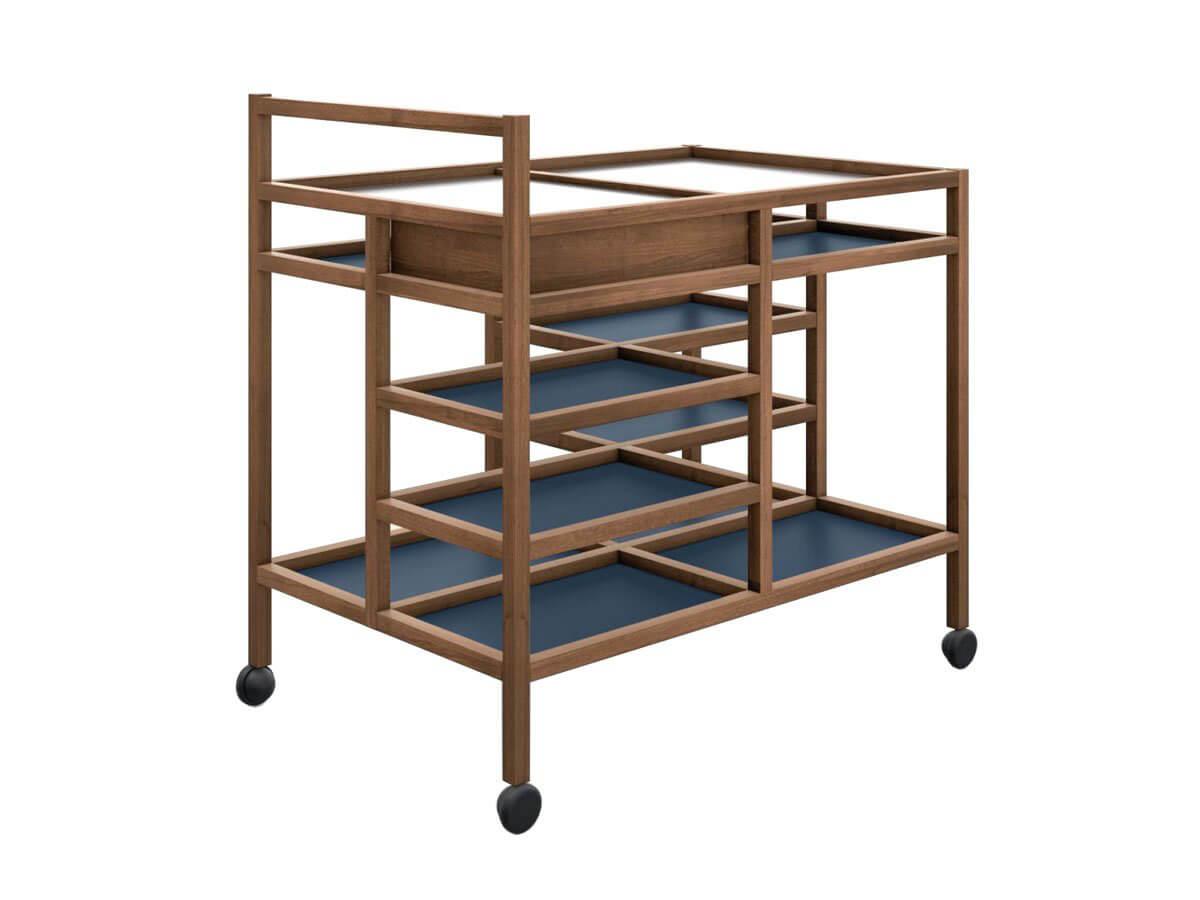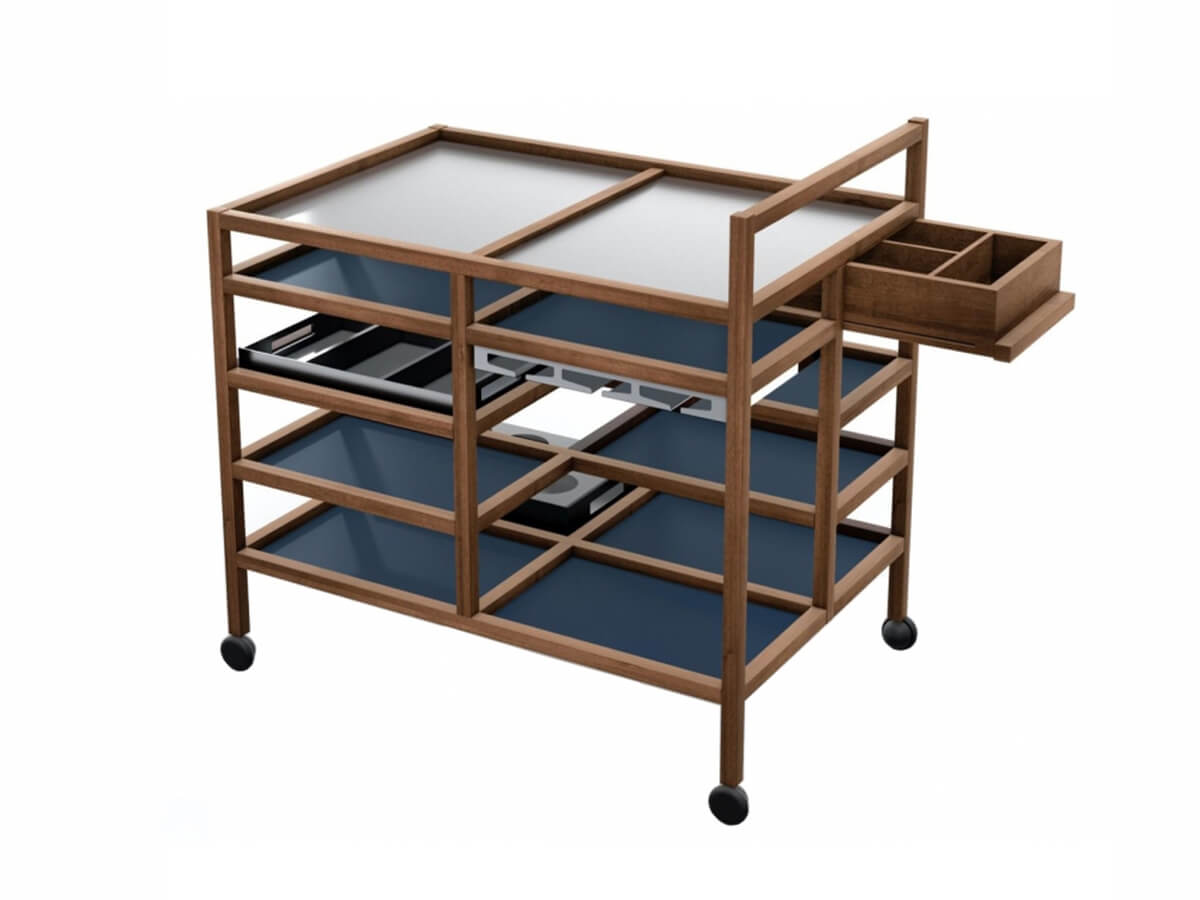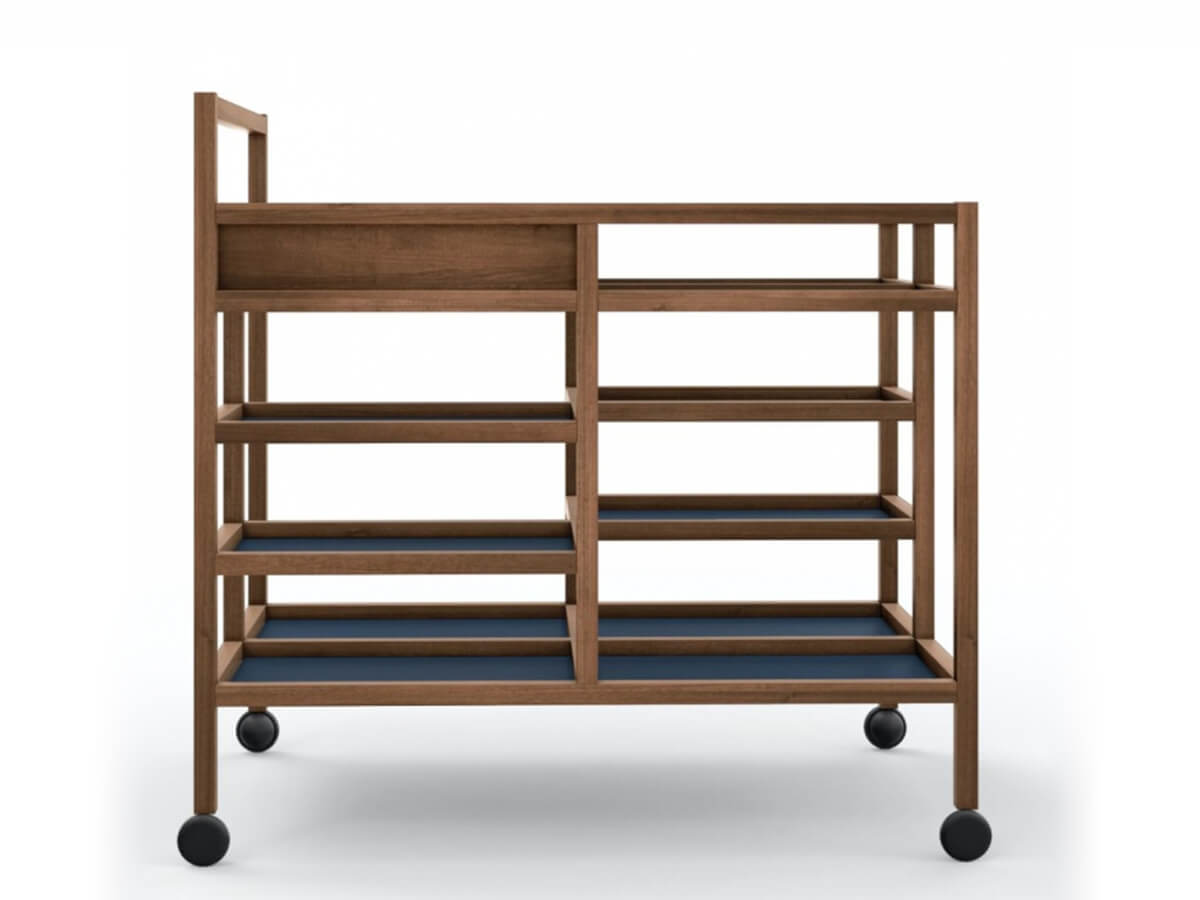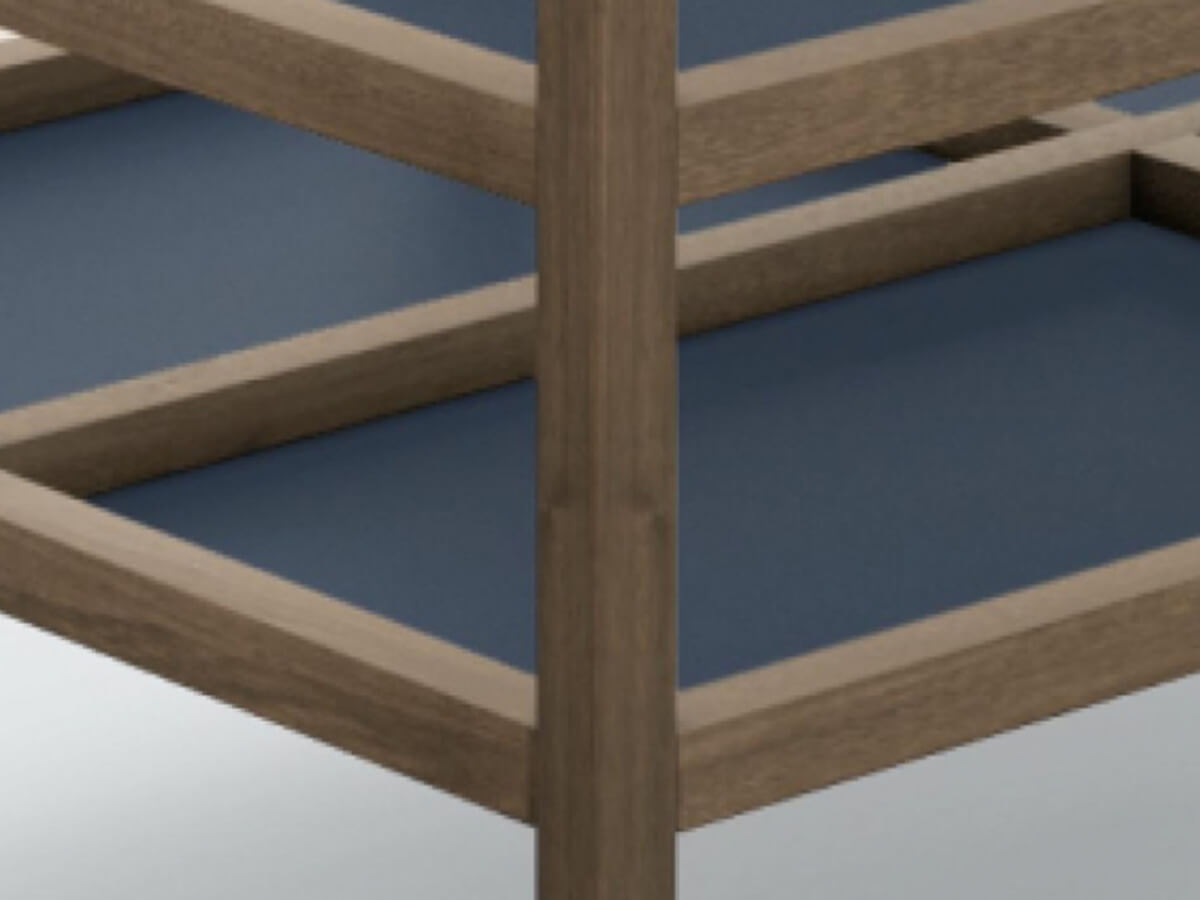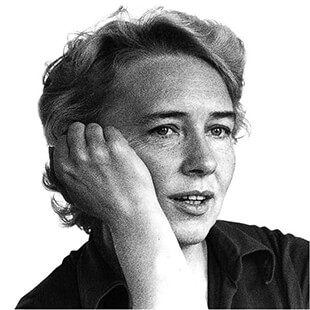Cassina
Serving Cart Trolley
Price starting from € 3.184,00*
*Price valid for the version with frame in ashwood and lower shelves in laminated HPL – with castors – upper shelves in brushed stainless steel – accessories excluded (cod. 657 01).
Design and simplicity fused in the name of multifunctional spaces, where there is a need for furniture capable of adapting to style, everyday life and timeless taste. Serving Cart is a food trolley designed to enrich a modern living room with flexible furnishings capable of enhancing elegance and new rituals in constant transformation. Practical and ideal for a modern and refined living room, this piece of furniture is made of solid Canaletto wood or ash. The edges of the shelves are raised to prevent objects from falling and improve daily yield. It can be customized in the finishes and choices of each of its parts.
W.82 x D.55 x H.81 cm
Top Height 69 cm
Salvioni Design Solutions delivers all around the world. The assembly service is also available by our teams of specialized workers.
Each product is tailor-made for the personal taste and indications of the customer in a customized finish and that is why the production time may vary according to the chosen product.
To discover the full range of services available, visit our delivery page.
Personalize your request
Frame
Select
The colors displayed, for technical reasons, are indicative and may differ from the actual finish. The price may vary in relation to the category / finish chosen. Contact us to receive a personalized quotation.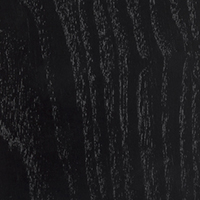 Black Stained Ashwood
Black Stained Ashwood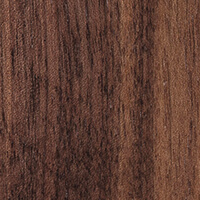 Canaletto Walnut
Canaletto Walnut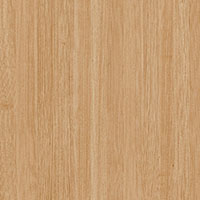 Oak Stained Ashwood
Oak Stained Ashwood
 Black Stained Ashwood
Black Stained Ashwood Canaletto Walnut
Canaletto Walnut Oak Stained Ashwood
Oak Stained AshwoodColours for Laminated Shelves
Select
The colors displayed, for technical reasons, are indicative and may differ from the actual finish. The price may vary in relation to the category / finish chosen. Contact us to receive a personalized quotation. Blu
Blu Cognac
Cognac Taupe
Taupe Tobacco
Tobacco
 Blu
Blu Cognac
Cognac Taupe
Taupe Tobacco
TobaccoAccessories (Optional)
Select
Founded in 1927 by the brothers Cesare and Umberto in the heart of Brianza furniture, Cassina is one of the long-lived Made in Italy industrial design companies. From the early ‘30s, Cassina brothers identified the strong demand for home furnishings and interpreted in a far-sighted way the renewed taste of the new emerging classes. From this intuition, Cassina started a real revolution in the indoor furnishings design. Since then, the company has been pursuing a path of research and innovation, involving prestigious designers and architects in the study of new furnishings models. In the last few years the collaboration with Gio Ponti has begun. Thanks to this partnership were born the 646 chair, known as Leggera, and the subsequent model 699 or Superleggera.Read more
Designed by
Bodil Kjaer
Bodil Kjaer (1932-) is one of the great pioneers of Danish design. Her most famous creations all date back to a handful of years at the turn of the decade of the '50s and the beginning of that of the' 60s and have only recently been the subject of a successful critical rediscovery thanks to reissues curated by brands such as Karakter, Cassina, Fritz Hansen and Carl Hansen & Søn. She is a student of Finn Juhl, but she soon detaches herself from the tradition of Scandinavian design by moving shortly after her studies in the United States, first to New York and then to Boston, where she receives strong creative influences from designers such as Charles & Ray Eames. At the center of her vision there is always the relationship between furniture and space: the pieces she designes are not initially intended for mass production, but for reasoned insertion in a specific context. However, this do not prevent them from becoming true icons, as happens to the desk designed in 1959 (and re-proposed by Karakter with the simple name of "Office Desk"), which ends up appearing in several television programs and even in three films by James Bond saga. Bodil Kjaer also works for the large London studio Arup (1967-1969) and is a professor at the University of Maryland (1982-1989).
Read more
